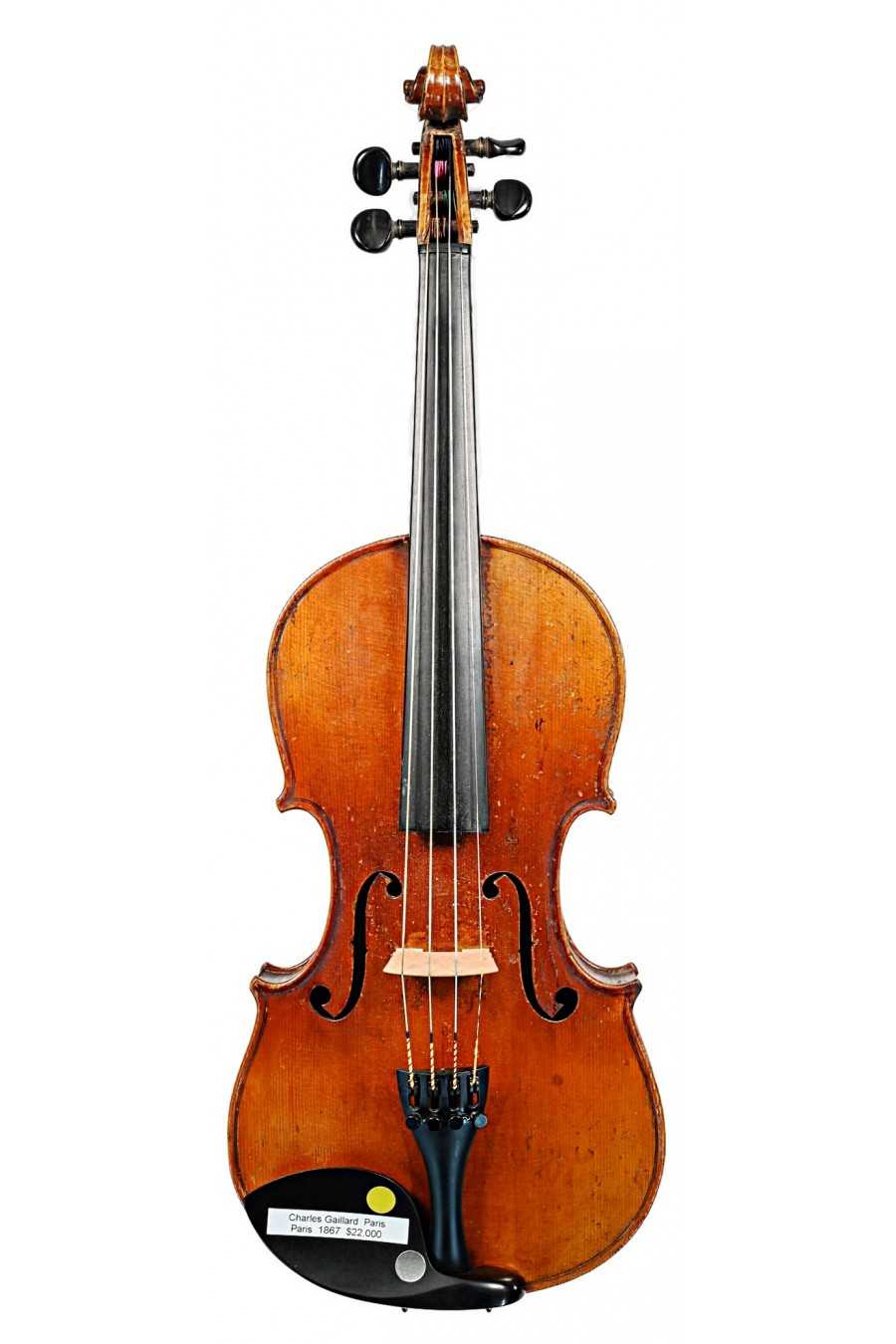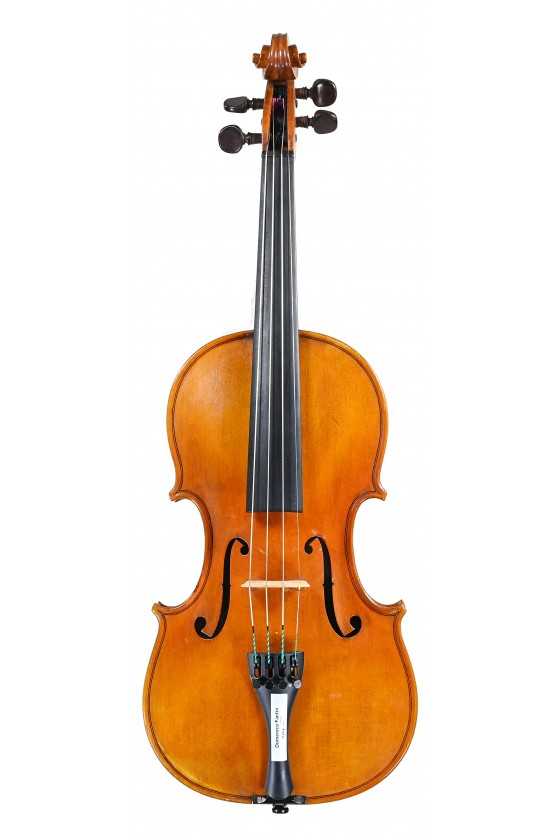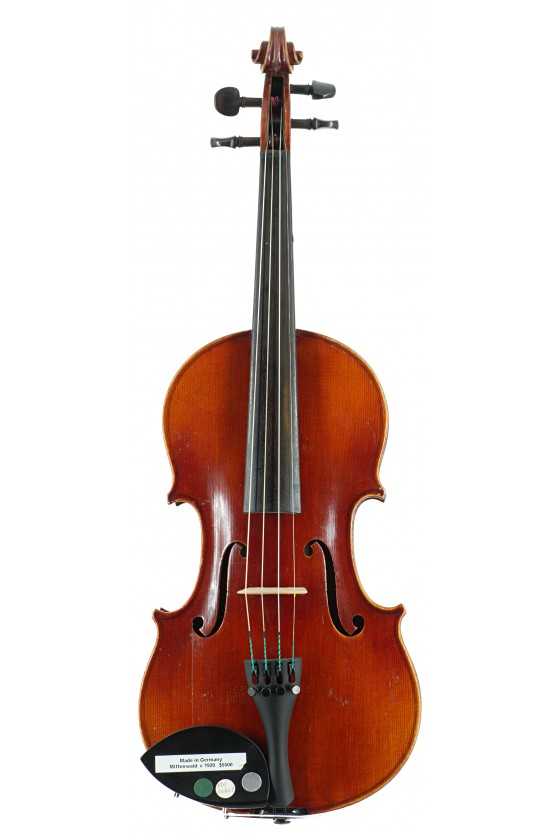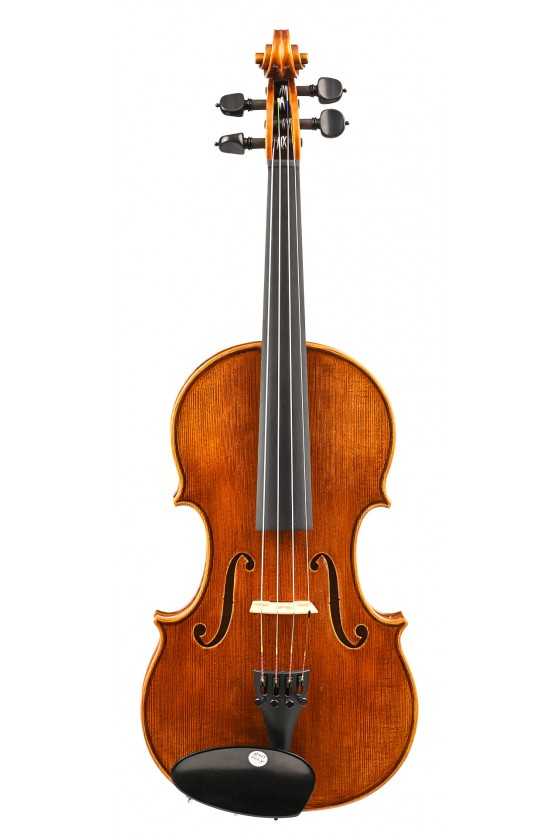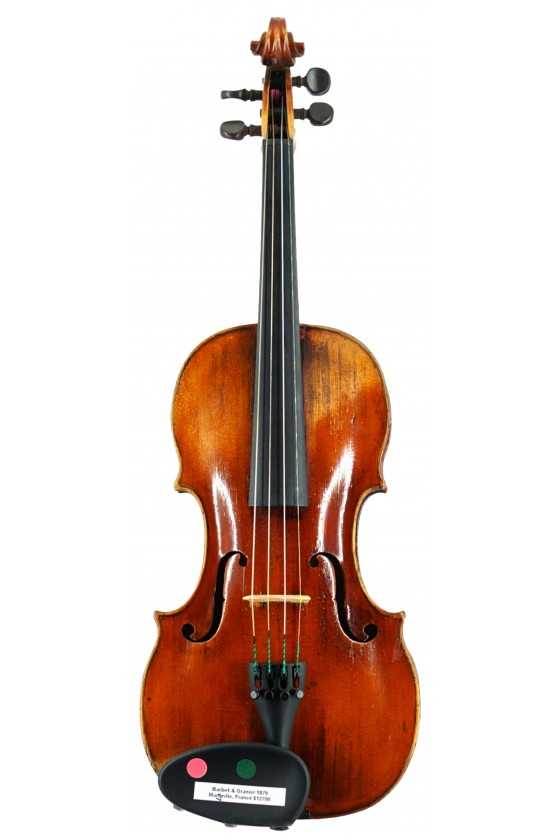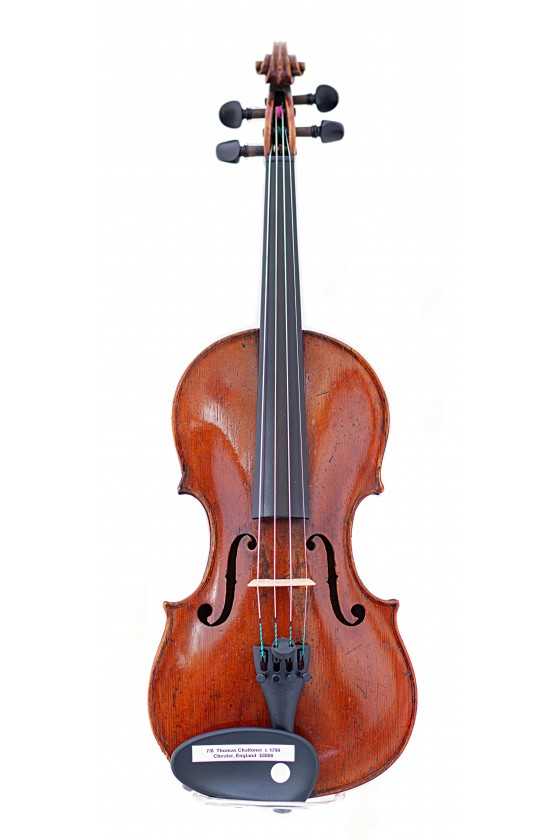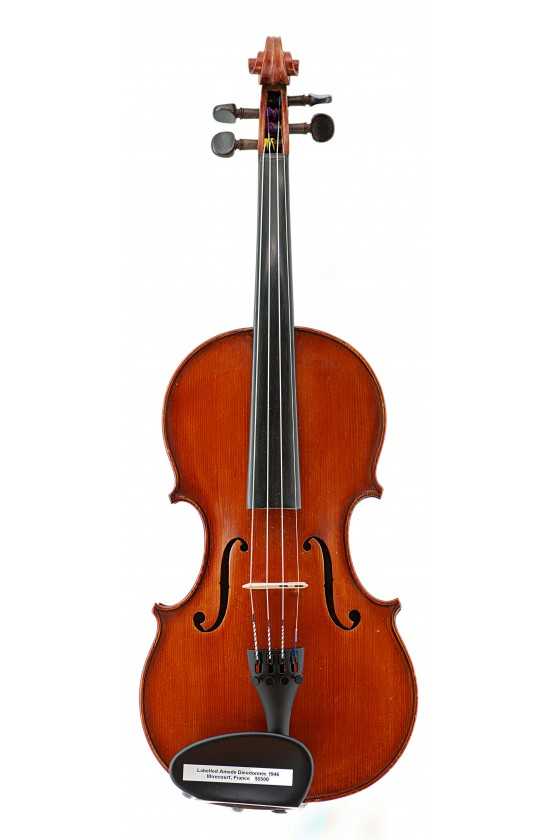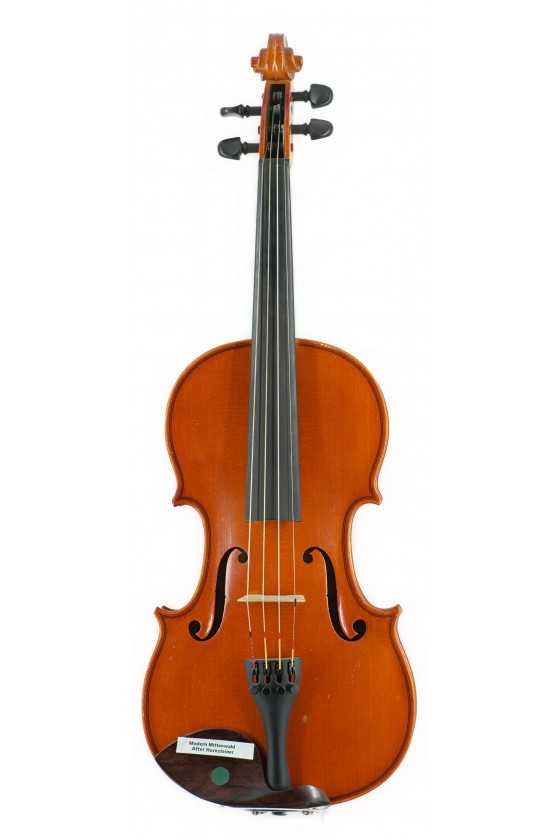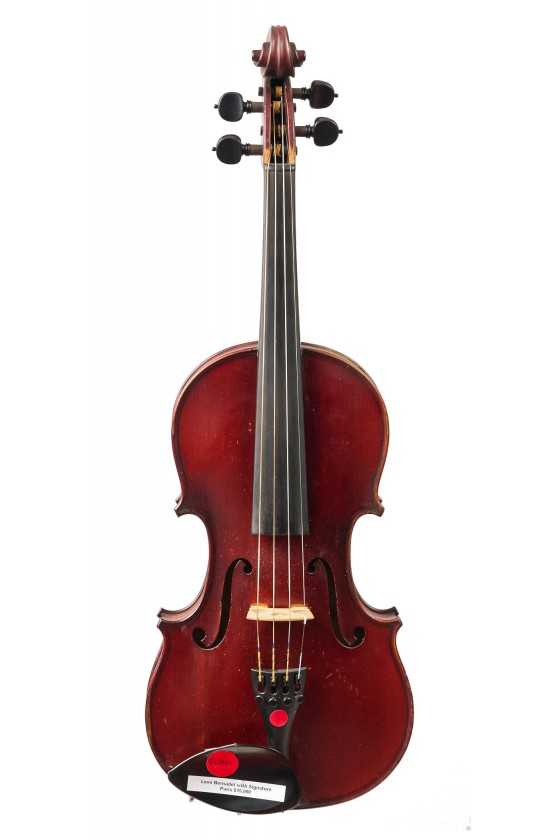Domenico Fantin Violin 1971, Varese Italy
We have here the Domenico Fantin Violin made in Varese, Italy 1971. Domenico Fantin’s instruments are played in major European and American orchestras. Great soloists like Yehudi Menuhin purchased one of his violins in 1969, and Uto Ughi, who owns two of his instruments.

